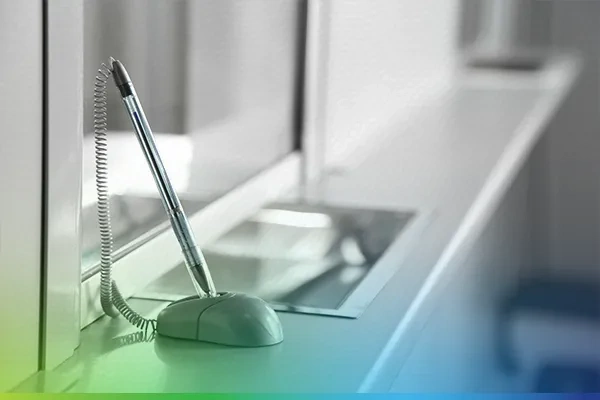Three Smart Steps for Community Banks and Credit Unions in 2017
Arm yourself with these tools and meet the disruptors head-on this year
By Alissa Fry-Harris
Published in Transactions Directory, Predictions 2017, page 7.
Disruption in the industry hit banks and credit unions from all sides in 2016. That’s not all bad—if it makes us look harder for smart new ways to reach out to our customers and members, and new strategies to tame our remaining internal efficiencies.
Jason Schwabline, Alogent’s VP of Product Management Strategy, and I have been talking about the smartest ideas and practices we’re seeing—the ones with the biggest pay-offs. These may not be brand-new ideas, but what’s new is technology development that puts better competitive tools within reach for any institution.
Jason has been focused on three related priorities that every community bank and credit union can use to boost their consumer appeal and transcend old back-office barriers.
1. Put Consumer Omni-Channel Self-Services on the To-Do List
Consumers prefer to partner with financial providers who do a good job at providing omni-channel services, which are almost transparent to the user. Banks and credit unions have been working to create consistent user transaction experiences across channels, but results are mixed. Accord-ing to Jason, “Technology to facilitate this change initially focused on simply getting some mobile services in place and upgrading user interfaces (UI). But a true omni-channel experience needs to be much more, and it’s time to leverage the latest technologies to ‘disrupt the disruptors” right back.”
- Recent advances in digital account opening are a good example—we’re now replacing first genera-tion mobile apps with true consumer onboarding experiences that are very easy, very fast, instantly movable from one channel to another, and still fully secure.
- Remote deposit capture is another good example, bringing users the flexibility to transact business seamlessly from home, on smart devices, at branches or in self-service kiosks.
- Technology also easily supports flexible, robust use of email, not only for e-statement notifications but for many types of account holders outreach and interactions.
2. Continue Investing in Transaction Processing
Paper checks continue to decline year by year, but they’re not going away any time soon. Many financial institutions have brought item processing in-house, and are processing directly with the Fed, but a surprising number are still out-sourcing despite the sophistication of technologies now available and affordable for smaller banks and credit un-ions.
Jason predicts an upsurge in the adoption of full-featured item processing, integrated with a full range of image-based check capture points. “Technology is a great democratizer,” he says, “so complete Day1/Day2 capabilities no longer require a third-party processor. Going paperless end-to-end is now a real possibility as well, yielding multiple benefits in hard cost elimination, productivity gains and better support for those important omni-channel ac-countholder services. Enterprise-wide, the savings can be substantial. Institutions can use the released funds for more vigorous development of self-services to meet non-traditional competition head-on.”
3. Check Your Losses and Don’t Let Up on Fraud
Along with the continuing use of checks comes continuing loss—fraud is still a billion dollar issue for the financial industry. The amount of attempted check fraud has remained constant in recent years, with one out of three dollars in fraud losses involving checks, according to the ABA Deposit Account Fraud Survey.
Fraud prevention tools have helped greatly in recent years, but in 2017, Jason expects to see much more use of enterprise-wide, cross-channel fraud detection occurring as close to the point of deposit acquisition as possible. “Fraudsters keep evolving new ways to exploit any gap in the journey a transaction takes through the system,” he reminds us. “As banks move to further speed up transactions and their associated funds availability, a centralized fraud model—one that shuts the door on exploiting traditional variations in image/data comparison further downstream—has become an absolute necessity.”

